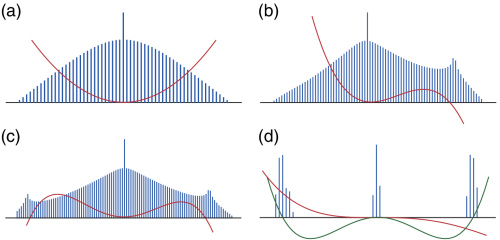Broadband parametric light generation using a high-Q single-crystal micro optical resonator
Research
Broadband parametric light generation using a high-Q single-crystal micro optical resonator
Toward Broadband Wavelength Conversion Devices
In recent years, research and development of high-performance micro optical resonator elements has been active worldwide. High performance here refers to "how long light can be confined for. When light is confined in a micro optical resonator for a long time, a phenomenon called nonlinear wavelength conversion occurs due to the interaction between the light and the material. A familiar example of nonlinear wavelength conversion is used in green laser pointers. There is no convenient material or item in the world that can emit any desired wavelength (color) at will, and there is a long history of development after long research. It may be fresh in your memory that a Japanese professor won the Nobel Prize for LED technology that emits blue light. It would be nice to have a transducer that can convert light of wavelength A, which is easy to emit, to light of wavelength B, which is difficult to emit, and this is what is called a wavelength conversion device.
In this study, we demonstrated broadband wavelength conversion beyond one octave using a micro optical resonator element with a high Q-value fabricated from magnesium fluoride. Specifically, two wavelengths, 1140 nm and 2425 nm, were simultaneously generated by inputting an excitation light of 1550.56 nm to the resonator element. We also demonstrated that the tuning of the oscillation wavelength is possible by changing the excitation wavelength. Generally, it is not easy to achieve such a broadband optical wavelength conversion. The structure of the most important resonator was determined by a simulation called the finite element method, and state-of-the-art machining technology was used to fabricate the resonator. The results show the high potential of micro optical resonators as wavelength conversion devices. Further development of this technology is expected to lead to a variety of future applications, including laser processing and optical communications.

Left: Photograph of the experiment. The small area circled in red is a micro optical resonator with a diameter of approximately 500 micrometers.
Right: Optical spectrum observed in the experiment. The inset shows the experimental setup.
- Categories
- 研究トピックス



